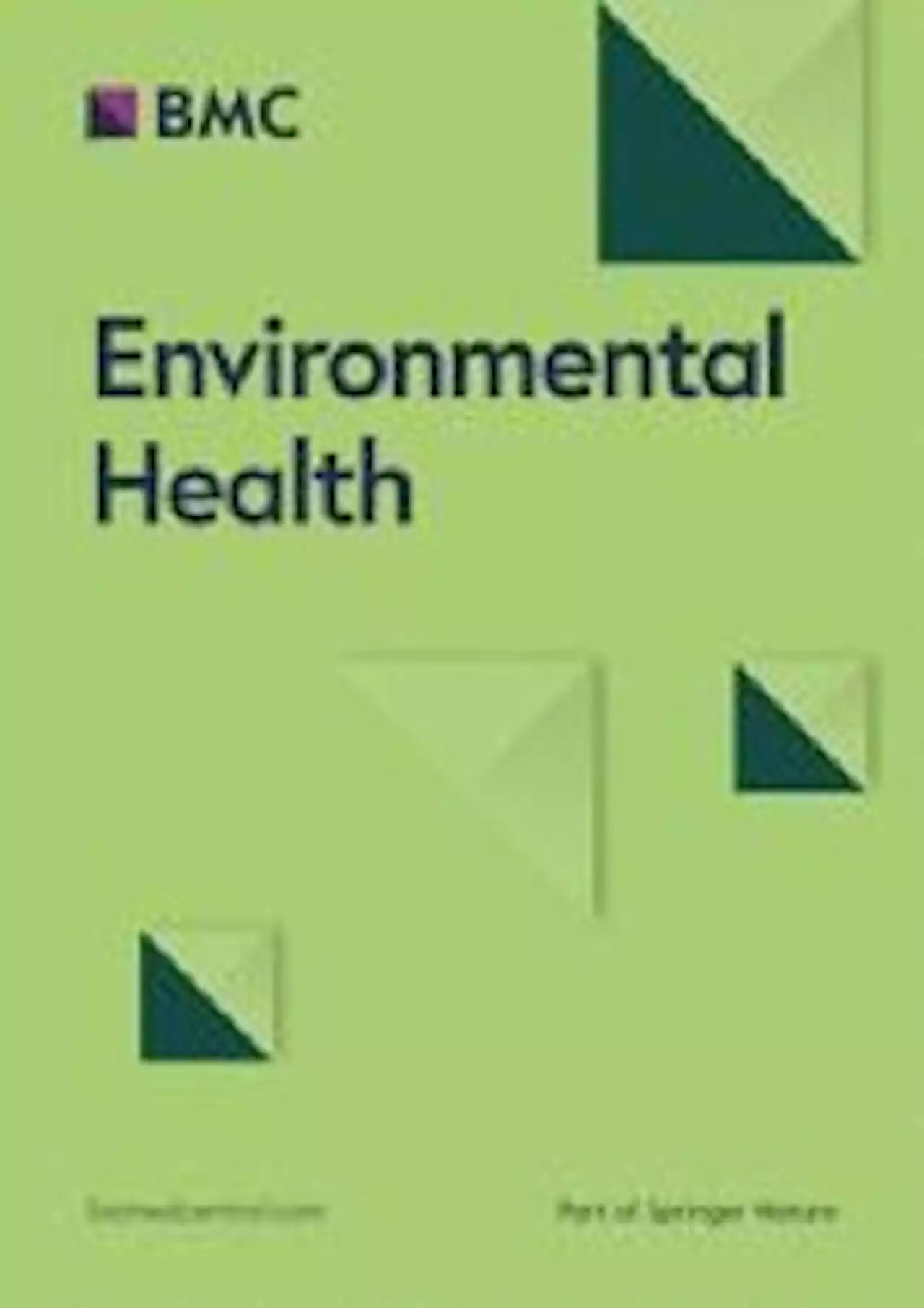Researchers develop AI model to better predict which drugs may cause birthdefects mountsinainyc NaturePortfolio
, and drugs were filtered by those which could be mapped to the LINCS L1000 compounds through the LINCS small molecule metadata, including drug names and synonyms. Out of the 248 placental crossing drugs, we were able to manually map 143 to the L1000 profiled compounds. Drugs associated with both categories were considered category X.
Predictions were made with the two drug–drug similarity matrices assembled based on gene–gene co-expression correlations, and chemical structure similarity as described above. Predictions were made using the same approach described in a publication describing DrugShot. Specifically, we computed the average distance of each drug to the drugs labeled as positives, and then rank the drugs by this average distance.
Two methods were developed to combine the predictions made by the gene expression and chemical structure similarity predictions. Given two scoring vectors produced by the two different similarity matrices, the Top Rank method takes the highest ranking of the drugs across all predictions to be the aggregated score. This score is then used for the bridge plot and normalized enrichment score.
South Africa Latest News, South Africa Headlines
Similar News:You can also read news stories similar to this one that we have collected from other news sources.
 Effective communications strategies to increase the impact of environmental health research - Environmental HealthBackground Per- and polyfluoroalkyl substances (PFAS) are the subject of a growing body of research with the potential to positively impact public and ecological health. However, to effect positive change, findings must be communicated beyond the scientific community. Objective We sought to (a) evaluate the relationships between communications strategy, media attention, and scholarly citations of PFAS research and (b) offer guidance for researchers and communications professionals who would like to publicize future work and increase its impact. Methods We analyzed 273 peer-reviewed epidemiological studies on PFAS human health impacts with publication years 2018–2020, as collected by a pre-existing database. We investigated whether a press release was issued, open-access status, abstract and press release readability, timing of publication and press release distribution, journal impact factor, study type and sample size, statistical significance of finding(s), number of scholarly citations, and the Altmetric Attention Score (a measure of media attention). Discussion Of papers reporting a statistically significant association with health harm, those with a press release received 20 times more media attention (as assessed by Altmetric scores) than those that did not. However, only 6.2% of all papers and 7.8% of significant papers issued one. Among papers with a press release, media attention was positively correlated with better abstract and press release readability and speed in issuing the press release. Scholarly citations were positively correlated with media attention, presence of a press release, and open-access status. Conclusion Most papers with significant findings on PFAS are published without a press release and receive little or no media attention. This reduces the likelihood that important research is reaching the public and decisionmakers who can translate science into action. Issuing a press release and receiving media attention also appear to increase s
Effective communications strategies to increase the impact of environmental health research - Environmental HealthBackground Per- and polyfluoroalkyl substances (PFAS) are the subject of a growing body of research with the potential to positively impact public and ecological health. However, to effect positive change, findings must be communicated beyond the scientific community. Objective We sought to (a) evaluate the relationships between communications strategy, media attention, and scholarly citations of PFAS research and (b) offer guidance for researchers and communications professionals who would like to publicize future work and increase its impact. Methods We analyzed 273 peer-reviewed epidemiological studies on PFAS human health impacts with publication years 2018–2020, as collected by a pre-existing database. We investigated whether a press release was issued, open-access status, abstract and press release readability, timing of publication and press release distribution, journal impact factor, study type and sample size, statistical significance of finding(s), number of scholarly citations, and the Altmetric Attention Score (a measure of media attention). Discussion Of papers reporting a statistically significant association with health harm, those with a press release received 20 times more media attention (as assessed by Altmetric scores) than those that did not. However, only 6.2% of all papers and 7.8% of significant papers issued one. Among papers with a press release, media attention was positively correlated with better abstract and press release readability and speed in issuing the press release. Scholarly citations were positively correlated with media attention, presence of a press release, and open-access status. Conclusion Most papers with significant findings on PFAS are published without a press release and receive little or no media attention. This reduces the likelihood that important research is reaching the public and decisionmakers who can translate science into action. Issuing a press release and receiving media attention also appear to increase s
Read more »
 Glasgow woman's dream of studying to become doctor comes true after 3 rejectionsCarla Verschueren had applied to study medicine three times and was finally accepted on her fourth attempt with her experience of working with the public on decisions about new medicine.
Glasgow woman's dream of studying to become doctor comes true after 3 rejectionsCarla Verschueren had applied to study medicine three times and was finally accepted on her fourth attempt with her experience of working with the public on decisions about new medicine.
Read more »
 Prison 'saved mum's life' after she stole £255k from firm to feed cocaine habitKerryanne Clarke admits there is no escaping her past, but believes her time behind bars has revolutionised her life and is using her personal experience of addiction to help others.
Prison 'saved mum's life' after she stole £255k from firm to feed cocaine habitKerryanne Clarke admits there is no escaping her past, but believes her time behind bars has revolutionised her life and is using her personal experience of addiction to help others.
Read more »
 In vivo quantitative MRI: T1 and T2 measurements of the human brain at 0.064 T - Magnetic Resonance Materials in Physics, Biology and MedicineObjective To measure healthy brain $${T}_{1}$$ T 1 and $${T}_{2}$$ T 2 relaxation times at 0.064 T. Materials and methods $${T}_{1}$$ T 1 and $${T}_{2}$$ T 2 relaxation times were measured in vivo for 10 healthy volunteers using a 0.064 T magnetic resonance imaging (MRI) system and for 10 test samples on both the MRI and a separate 0.064 T nuclear magnetic resonance (NMR) system. In vivo $${T}_{1}$$ T 1 and $${T}_{2}$$ T 2 values are reported for white matter (WM), gray matter (GM), and cerebrospinal fluid (CSF) for automatic segmentation regions and manual regions of interest (ROIs). Results $${T}_{1}$$ T 1 sample measurements on the MRI system were within 10% of the NMR measurement for 9 samples, and one sample was within 11%. Eight $${T}_{2}$$ T 2 sample MRI measurements were within 25% of the NMR measurement, and the two longest $${T}_{2}$$ T 2 samples had more than 25% variation. Automatic segmentations generally resulted in larger $${T}_{1}$$ T 1 and $${T}_{2}$$ T 2 estimates than manual ROIs. Discussion $${T}_{1}$$ T 1 and $${T}_{2}$$ T 2 times for brain tissue were measured at 0.064 T. Test samples demonstrated accuracy in WM and GM ranges of values but underestimated long $${T}_{2}$$ T 2 in the CSF range. This work contributes to measuring quantitative MRI properties of the human body at a range of field strengths.
In vivo quantitative MRI: T1 and T2 measurements of the human brain at 0.064 T - Magnetic Resonance Materials in Physics, Biology and MedicineObjective To measure healthy brain $${T}_{1}$$ T 1 and $${T}_{2}$$ T 2 relaxation times at 0.064 T. Materials and methods $${T}_{1}$$ T 1 and $${T}_{2}$$ T 2 relaxation times were measured in vivo for 10 healthy volunteers using a 0.064 T magnetic resonance imaging (MRI) system and for 10 test samples on both the MRI and a separate 0.064 T nuclear magnetic resonance (NMR) system. In vivo $${T}_{1}$$ T 1 and $${T}_{2}$$ T 2 values are reported for white matter (WM), gray matter (GM), and cerebrospinal fluid (CSF) for automatic segmentation regions and manual regions of interest (ROIs). Results $${T}_{1}$$ T 1 sample measurements on the MRI system were within 10% of the NMR measurement for 9 samples, and one sample was within 11%. Eight $${T}_{2}$$ T 2 sample MRI measurements were within 25% of the NMR measurement, and the two longest $${T}_{2}$$ T 2 samples had more than 25% variation. Automatic segmentations generally resulted in larger $${T}_{1}$$ T 1 and $${T}_{2}$$ T 2 estimates than manual ROIs. Discussion $${T}_{1}$$ T 1 and $${T}_{2}$$ T 2 times for brain tissue were measured at 0.064 T. Test samples demonstrated accuracy in WM and GM ranges of values but underestimated long $${T}_{2}$$ T 2 in the CSF range. This work contributes to measuring quantitative MRI properties of the human body at a range of field strengths.
Read more »
 Rylan melts fans’ hearts by announcing a 'presenter shake up' on Radio 2 showRYLAN Clarke warmed the hearts of his listeners after he welcomed his biggest fan onto his Radio 2 show. The presenter shared a snap of him and the future radio star, and naturally, it was a hit wi…
Rylan melts fans’ hearts by announcing a 'presenter shake up' on Radio 2 showRYLAN Clarke warmed the hearts of his listeners after he welcomed his biggest fan onto his Radio 2 show. The presenter shared a snap of him and the future radio star, and naturally, it was a hit wi…
Read more »
 Kate Ferdinand gives birth to second child with Rio FerdinandCongratulations to Kate Ferdinand and Rio Ferdinand, who have welcomed their baby daughter into the world! 👶
Kate Ferdinand gives birth to second child with Rio FerdinandCongratulations to Kate Ferdinand and Rio Ferdinand, who have welcomed their baby daughter into the world! 👶
Read more »
